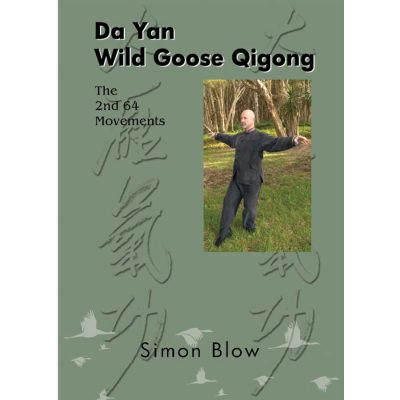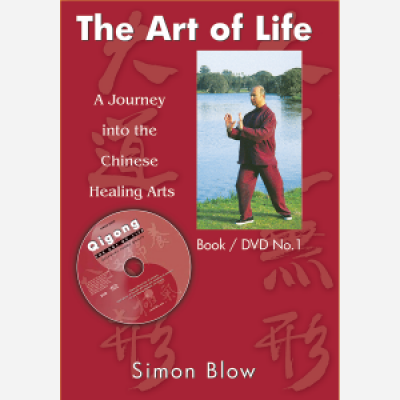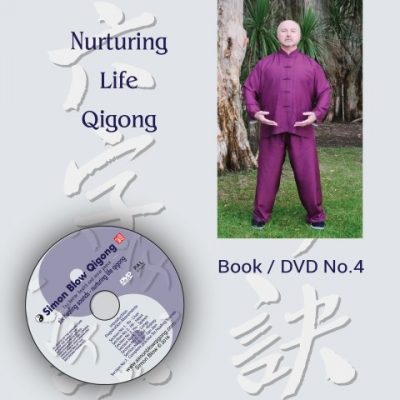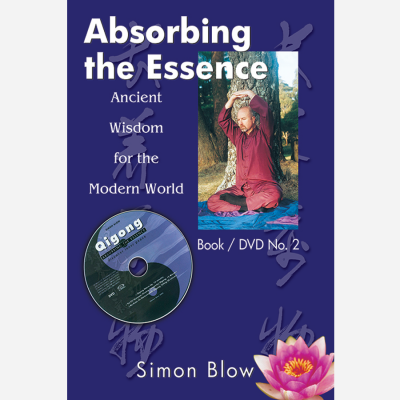Liu He Gong or Six Unity Exercise is an ancient health cultivation practise which has been influenced by the philosophy of Daoism and Traditional Chinese Medicine and further developed by experts and Professors at the Shanghai Qigong Research Institute in China.
The word Liu He refers to the six directions around the person who exercises - upward, downward, east, west, south and north. The implied meaning is that practitioner is an integral part of the universe and therefore united with heaven and earth.
In terms of exercise, Liu He (Six Unity/Six Harmonies) can be split into three-unity of the interior and three-unity of the exterior. Three unity of the interior requires the unity of mind, intention and Qi. Three-unity of the exterior refers to co-ordination in three spatial dimensions (up-down, left-right, and back-front) and acts to regulate the body and breathing.
You can complete all movements or choose specific movements for your own condition. For example, the first three movements are effective for depression, insomnia, chest tightness, restlessness, distending pain, dizziness and tinnitus due to endocrine disorders; the last three movements are more effective for motor system problems such as muscle tension, joint pain and weakness of the four limbs.
The soft, gentle movements of Liu He Gong can help to achieve a fresh open mind and tranquil spirit-Qi.
- Ascend, Open, Close and Descend
Through ascending, descending, opening and closing this movement can ascend the clean, descend the stale and regulate Qi activity. More specifically, this movement brings clean yang qi into the body and removes stale yin Qi out of the body.
- Exhale the Old and Inhale the New
Exhale the stale Qi and inhale fresh Qi to activate internal Qi activity and achieve the goal of unblocking meridians and harmonising Qi and blood. Push and close in six directions and draw circles in four dimensions.
- Ascending the Clean Energy and Descending the Stale Energy
This movement guides Qi circulating within the twelve regular meridians. It can massage the internal organs and soothe the liver, strengthen the spleen, regulate stomach, intestines and sanjiao, and benefit the waist and legs. It also exercises psoas (hip area), abdominal, diaphragmatic and gastric muscles.
- Turn the Body to Look Back
Through turning the body to the left and right and extending the arms, this movement can strengthen psoas (hip area), ligaments and the spine. This movement can benefit lumbar spine, strengthen the bones, harmonise Dai meridian, fortify the spleen and kidney and circulate Qi and blood.
- Relax the Fascia and Stretch the Body
Through lateral pulling and extension of the lower back and upper limb muscles, this movement can unblock gallbladder meridian, alleviate back muscle soreness and pain and benefit joints. Regular exercise can strengthen the lower back, legs and four limbs and circulate Qi and blood of the body.
- Leap on a Horse to Draw a Bow
Through balanced back-front, left-right and upper-lower exercise this movement mainly benefits the head, neck, four limbs, waist and abdomen. It can regulate upper, middle and lower jiao, stimulate the bladder, activate Qi activity, soothe the liver and strengthen the spleen. It can also benefit functions of zang-fu organs and circulate blood.
Concluding posture
Through pressing the palms, the concluding posture can help to tranquilise the mind, return qi to its origin and supplement yuan-primordial Qi.
Zhan Zhuang or Standing like a Tree is one the core exercise for internal martial art training as well as a way of developing your own energy for self healing. The static standing postures help to build and balance the Qi in your body.
No 1. Holding Ball – Belly
No 2. Holding Ball - Earth
No 3. Holding Ball - Heart
No 4. Holding Ball - Earth
No 5. Holding Ball - Belly
Processing the Qi
No 6. Holding Dan Tian
You must be logged in to post a review.






Reviews
There are no reviews yet.